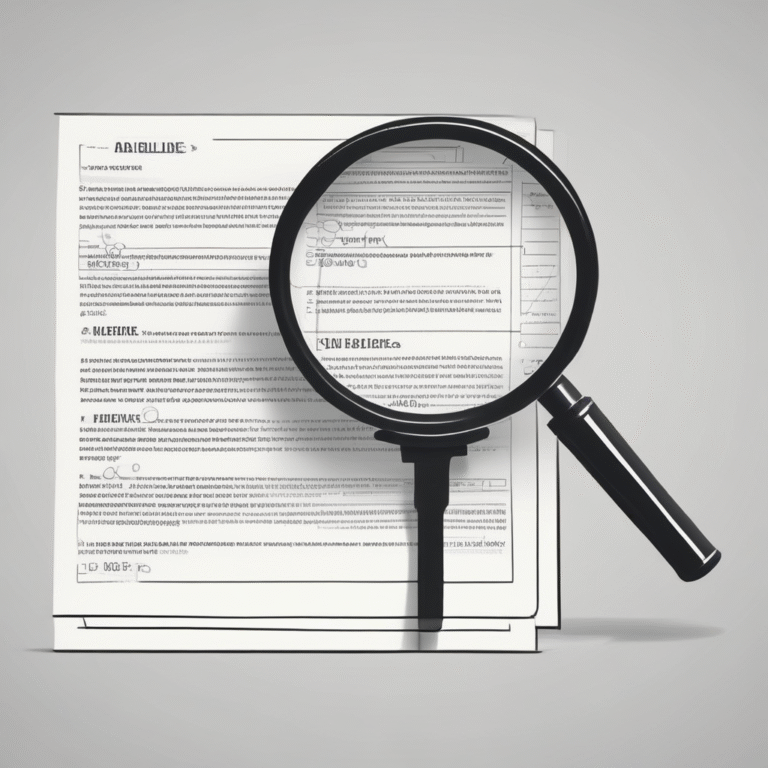AI Accountability Framework
The AI Accountability Framework is a pioneering document aimed at fostering the responsible development and deployment of AI systems. It builds on previous work to advance sound AI policy and outlines key practices necessary for achieving accountability across the AI value chain.
Introduction
As organizations strive to innovate and implement artificial intelligence technologies, the need for a structured framework that guides responsible practices has become paramount. This document serves as a resource for organizations, emphasizing the importance of existing legal frameworks and best practices in data governance. It identifies baseline practices for high-risk scenarios, ensuring that AI governance considers the multifaceted nature of AI technologies.
Scope & Applicability
The framework is designed specifically for high-risk AI systems and introduces the concept of a new class of actors known as integrators. These integrators play a crucial role in the AI value chain, sharing responsibility with developers and deployers. The framework is not intended to replace existing sector-specific regulations but aims to complement them by providing a robust risk-based approach.
Key Definitions
Understanding key definitions is essential to grasp the framework:
- AI System: A machine-based system that generates outputs such as predictions or decisions from input data.
- Developer: The entity that produces or develops the AI model.
- Deployer: The entity that utilizes the AI system in a real-world context.
- Integrator: An intermediate actor that may take on responsibilities of both developers and deployers based on their specific activities.
Baseline Practices for High-Risk AI Systems
The framework outlines several baseline practices that should be applied by developers and deployers of high-risk AI systems:
1. Risk & Impact Assessments
It is crucial for both developers and deployers to conduct risk assessments to manage potential risks effectively. For deployers, impact assessments help evaluate the effects of AI applications on users.
2. Testing
Continuous testing is necessary to identify vulnerabilities. Developers should conduct rigorous testing, including red teaming, to ensure their AI systems are secure before deployment.
3. Transparency: AI System Information & Documentation
Documentation plays a key role in accountability. Developers and deployers should maintain thorough records of risk evaluations, testing processes, and data quality measures to inform stakeholders.
4. Security
Ensuring cybersecurity is critical, especially for high-risk AI systems. Organizations must implement security best practices throughout the lifecycle of AI development and deployment.
5. Employee Training
Training employees on responsible AI practices is essential. Organizations should consider appointing an AI Risk Officer to oversee compliance and governance.
Conclusion
The AI Accountability Framework sets the stage for a responsible approach to AI governance, highlighting the shared responsibility among developers, deployers, and integrators. By adhering to these practices, organizations can navigate the complexities of AI deployment while safeguarding human rights and ensuring ethical standards are met.
This framework should be viewed as a living document that will evolve as industry practices and technologies advance, reinforcing the commitment to innovation while prioritizing accountability.










